The images above and below from the Canmore collection were captured in 1975 and show Broadlea and its associated stores (formerly a stable and byre). The top photograph shows the oldest part of the group of buildings in the foreground, the end closest to the bridge over the Cupar Road. The buildings once belonged to Largo Estate and were specifically associated with Lundin Mill Farm. The image below shows the farm worker's cottage which became know as Broadlea from the south showing its main entrance (which faced away from the main road).
Above is a 1960s colour image of the same properties, taken from the ninth green of Lundin Ladies Golf Course, with Broadlea in the centre background. The buildings can be seen again in the top right hand corner of the aerial image below. The buildings were demolished to make way for the Penrice Park housing development in the mid 1990s.
The extract from an 1866 Estate Plan above shows the extent of Lundin Mill Farm. The Broadlea buildings are on the north edge of Lundin Mill village, close to the Mill Dam, conveniently located on the road north towards the upper parts of the farm. Broadlea cottage has the appearance of a circa 1800 dwelling, while the adjacent stable and byre appear significantly older. The imprecisely cut crowstepped gable of the byre, suggests authentic crowsteps of the pre-1750 era. The gable end can be seen in the Canmore image below taken from alongside the Cupar Road bridge. This old building was a characterful and distinctive landmark when approaching Lundin Links from Cupar direction.
The 1826 map below appears to show the Broadlea buildings, Earnest Cottage and Lundin Mill Farm House along with the corn mill (marked with a wheel like symbol). This mill is also marked on the 1775 Ainslie map of Fife.
Broadlea was built to be a farm worker's cottage, likely circa 1800. Over its history, using census information, it would appear that Broadlea was home to many individuals and their families, including those occupied as field labourer, carter and dairyman. In 1901, carter David Morris lived at Broadlea with his wife and two children but in the warmer months the property was let to summer visitors. By September 1901 the Morris family were preparing to move out and the notice below from the 19 September Leven Advertiser provides an insight to some of their equipment, livestock and household effects.
The 1911 census shows the row of buildings as three separate dwellings, Broadlea, its annex and the 'bothy'. Robert Imrie, farm grieve, now occupied the main cottage with his wife and six children. A 'lodger' occupied the small annex and a shepherd and ploughman lived in what was then described as the 'bothy' at the edge of the village. The above snippet from the 28 December 1911 Leven Advertiser reports that George Bell, tenant farmer at Lundin Mill, gave each farm servant a Christmas gift of a currant loaf and pound of tea.
By the next census ten years later, in 1921, Robert Imrie was still at Broadlea and still employed as a farm grieve. The former byre was now referred to as 'Bell's Bothy'. A shepherd and three ploughman (aged 20, 16 and 16) lived in the bothy. Below is a report from the 8 December 1925 Leven Advertiser about the Imries departure from the farm (they later returned to live in Lundin Links). Farm workers continued to live at Broadlea for many more decades, including ploughman Sebastian Ramsay in the 1940s and the Osborne sisters in the 1960s. Below are the buildings as viewed from Cupar Road and a 1964 maps showing the three separate dwellings.
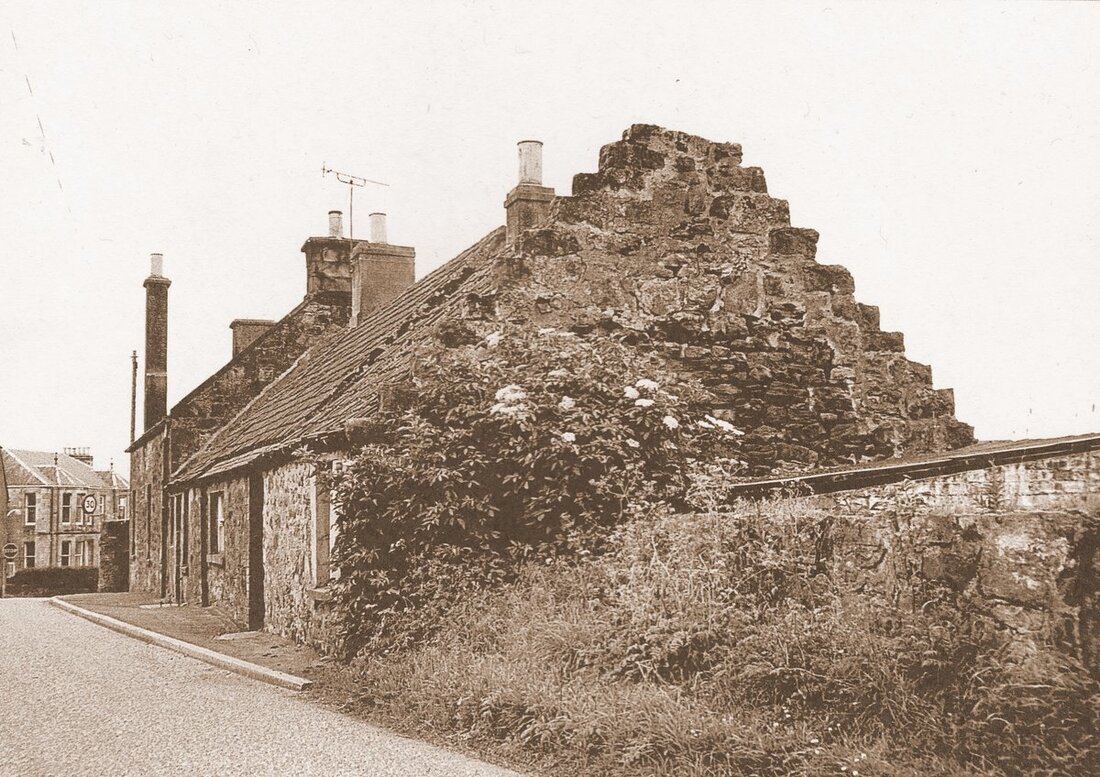
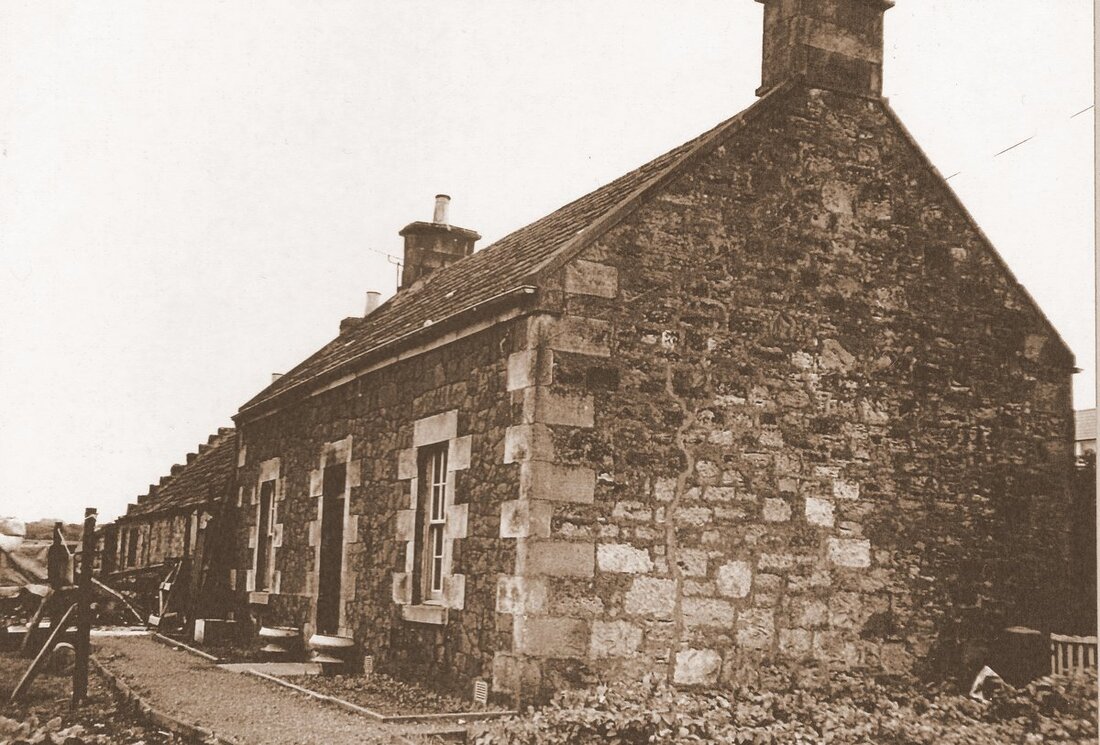
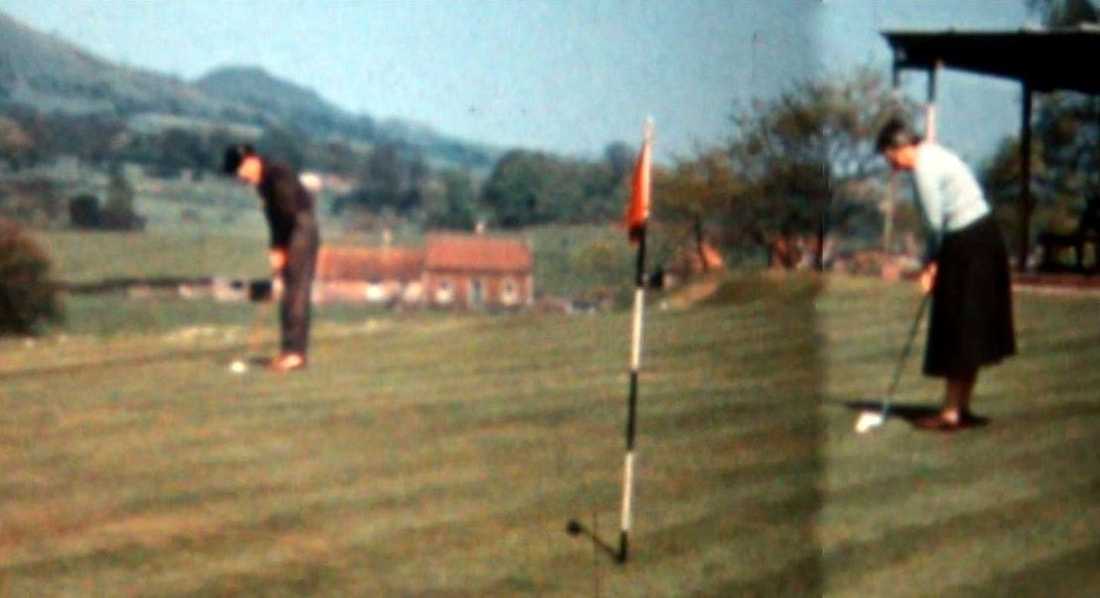
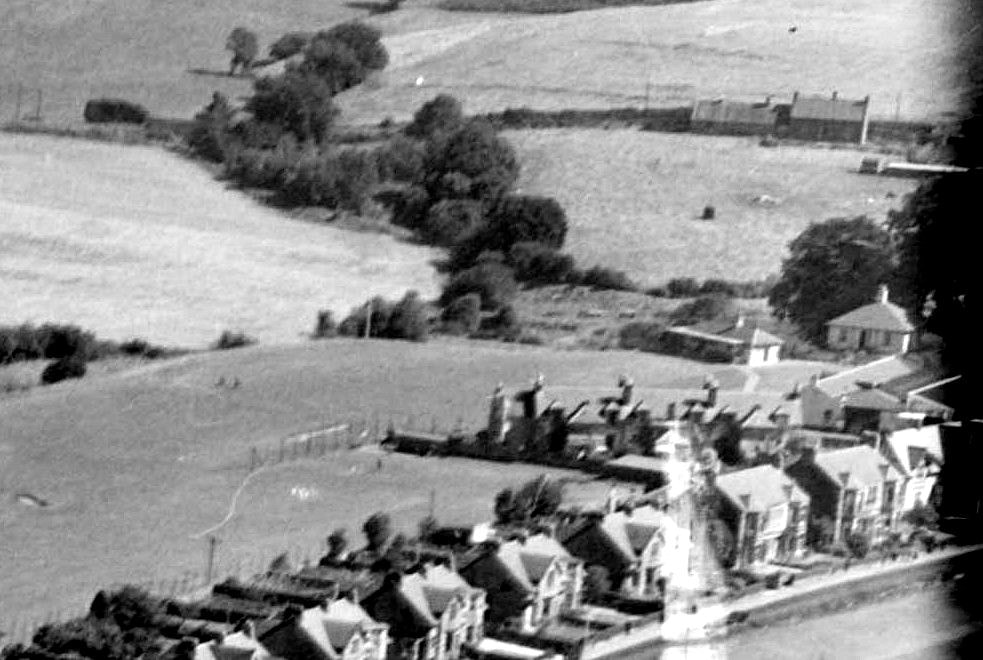
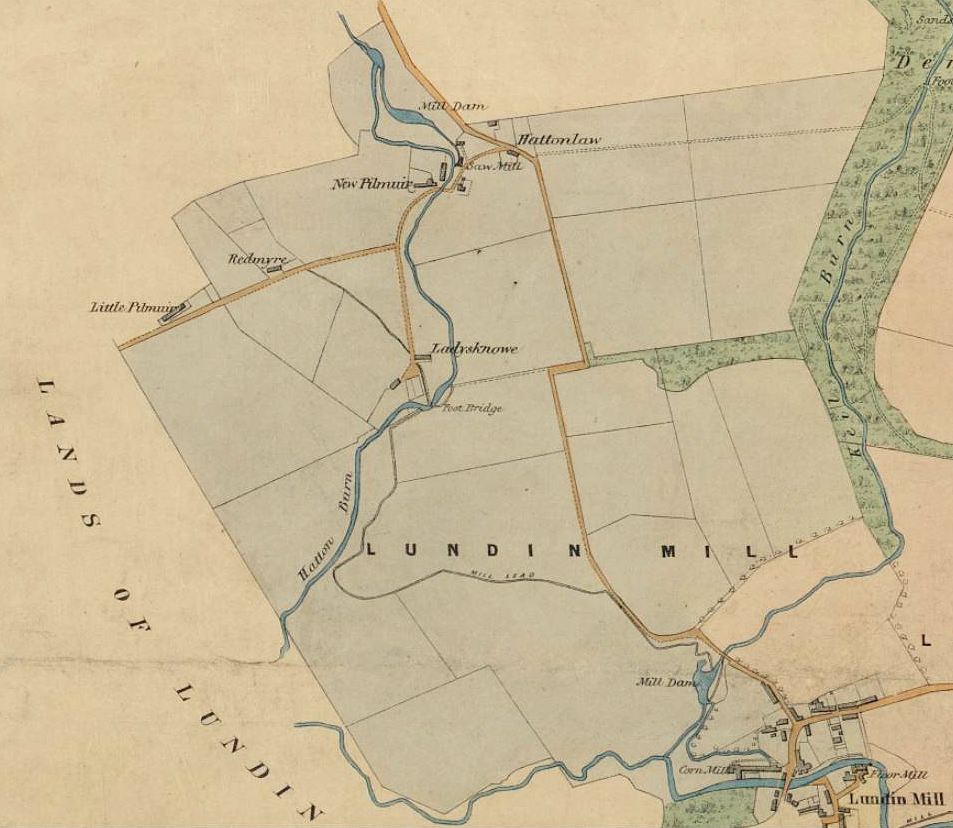
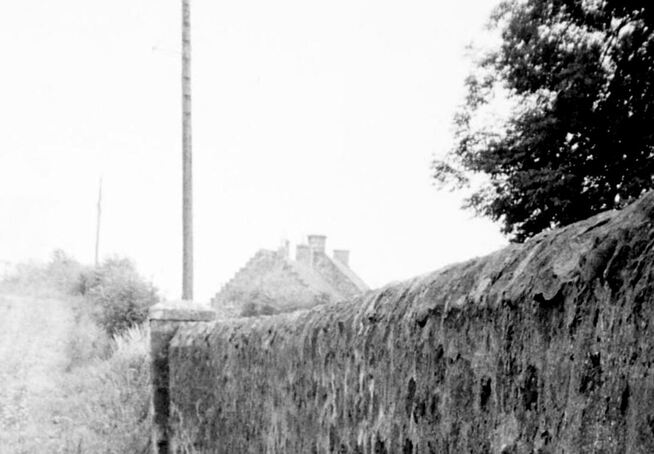
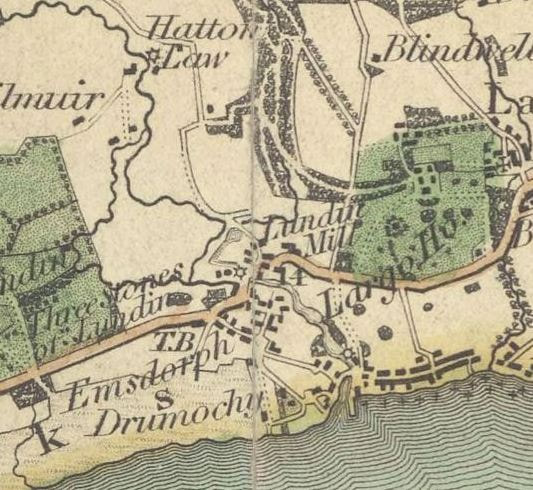
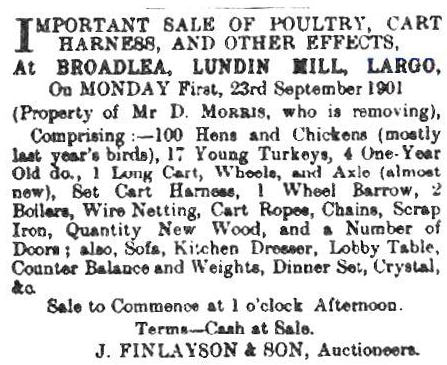

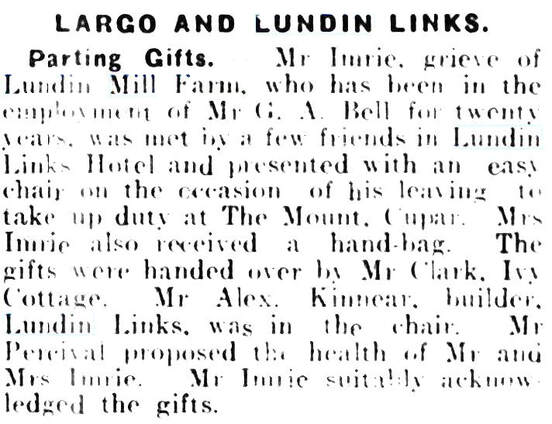

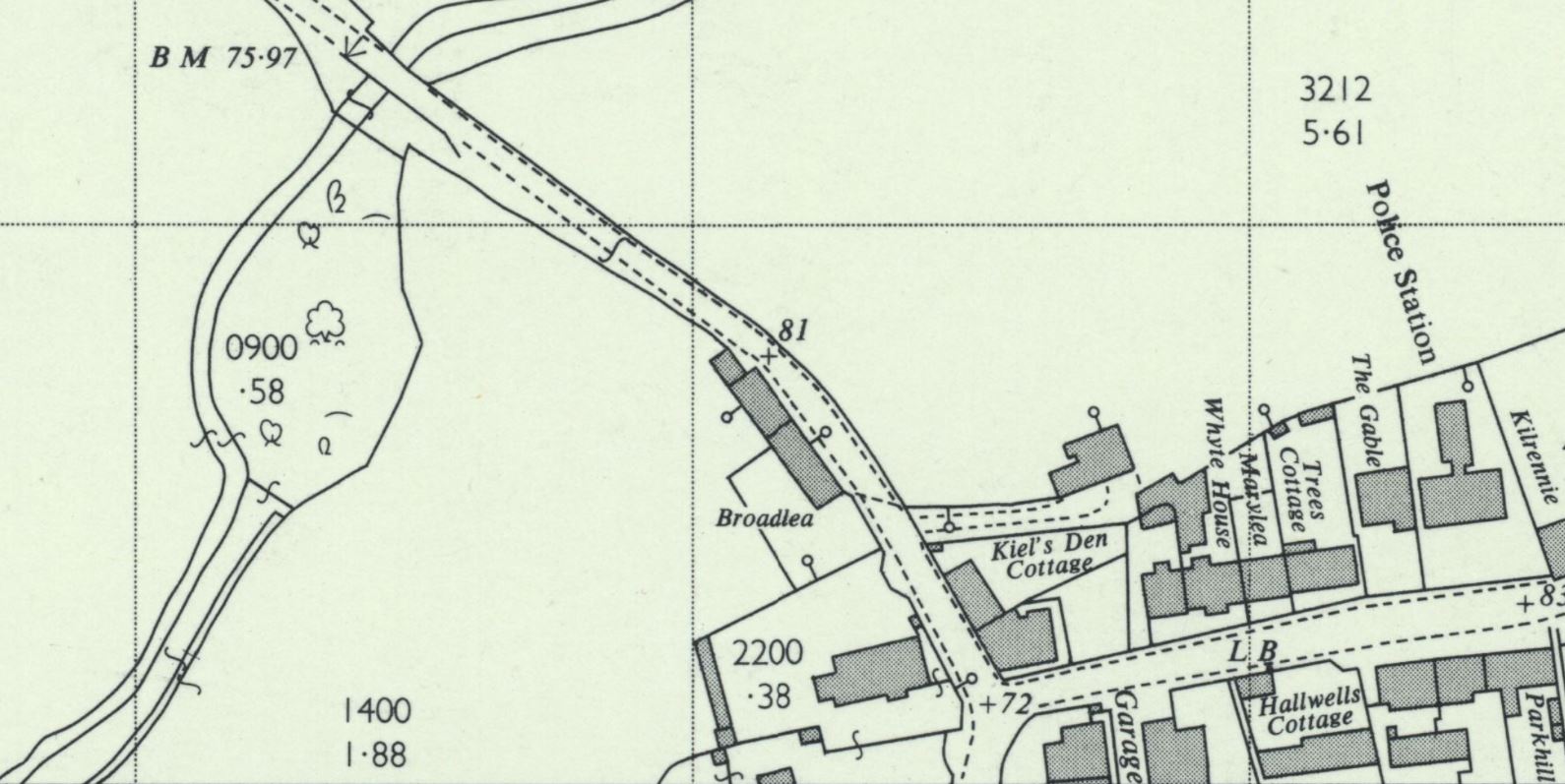
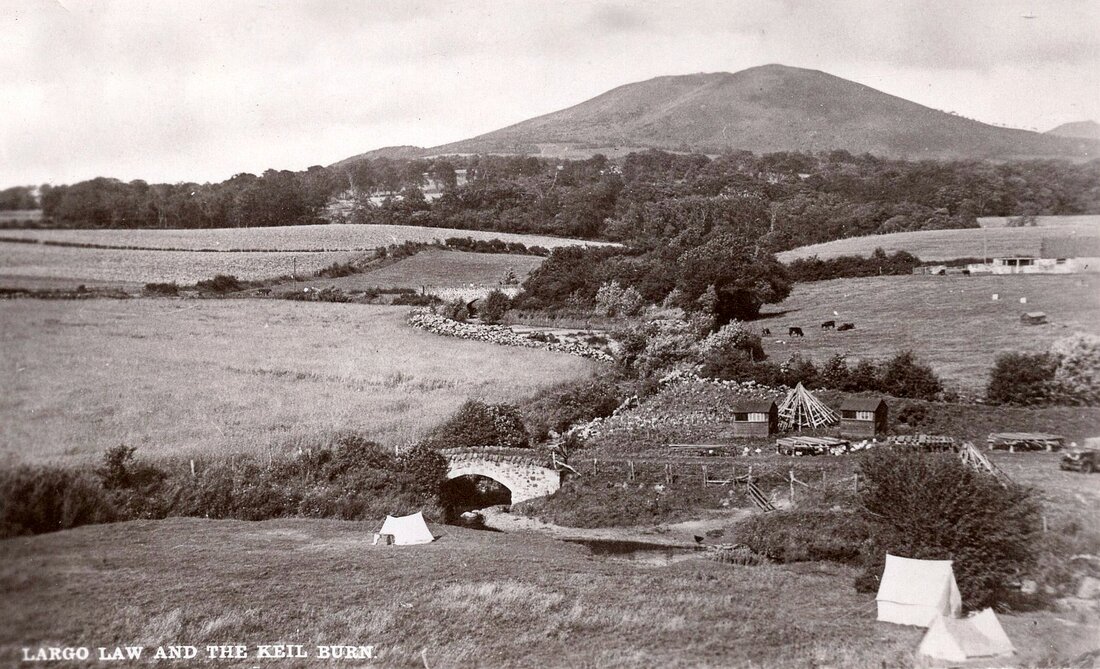


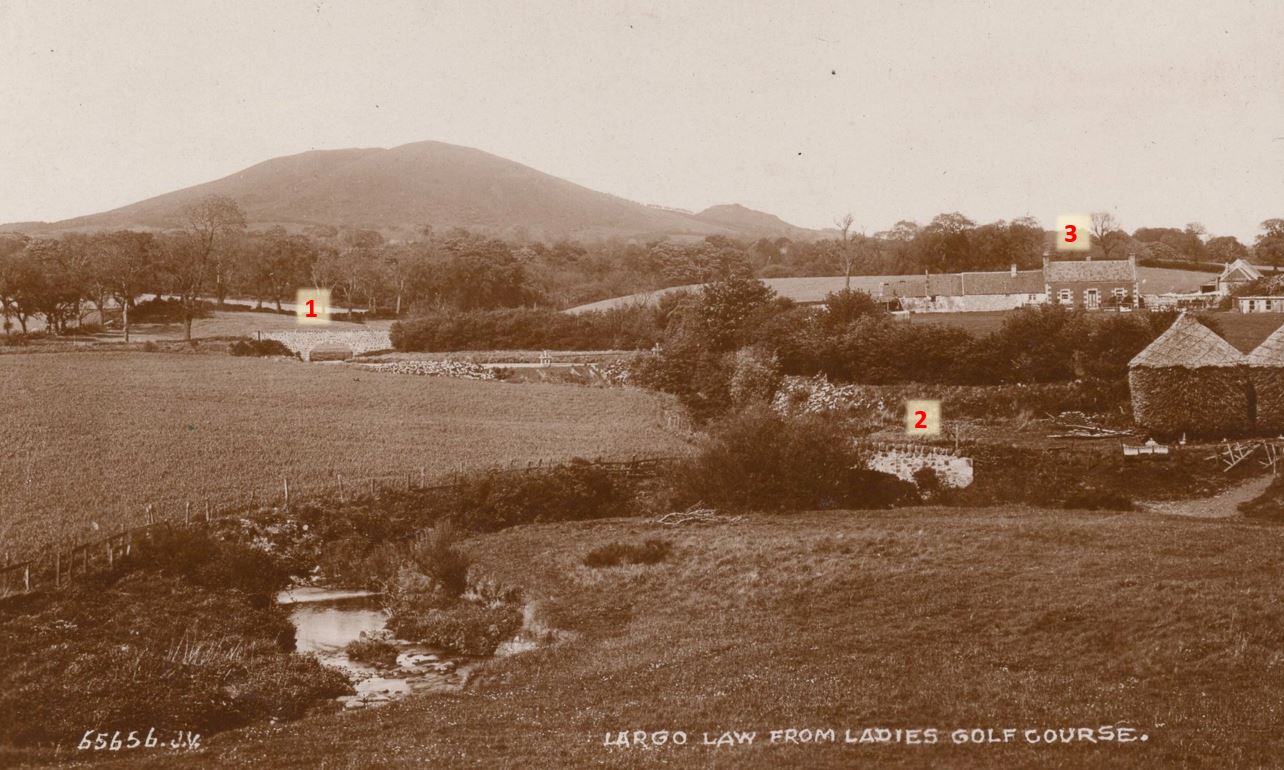

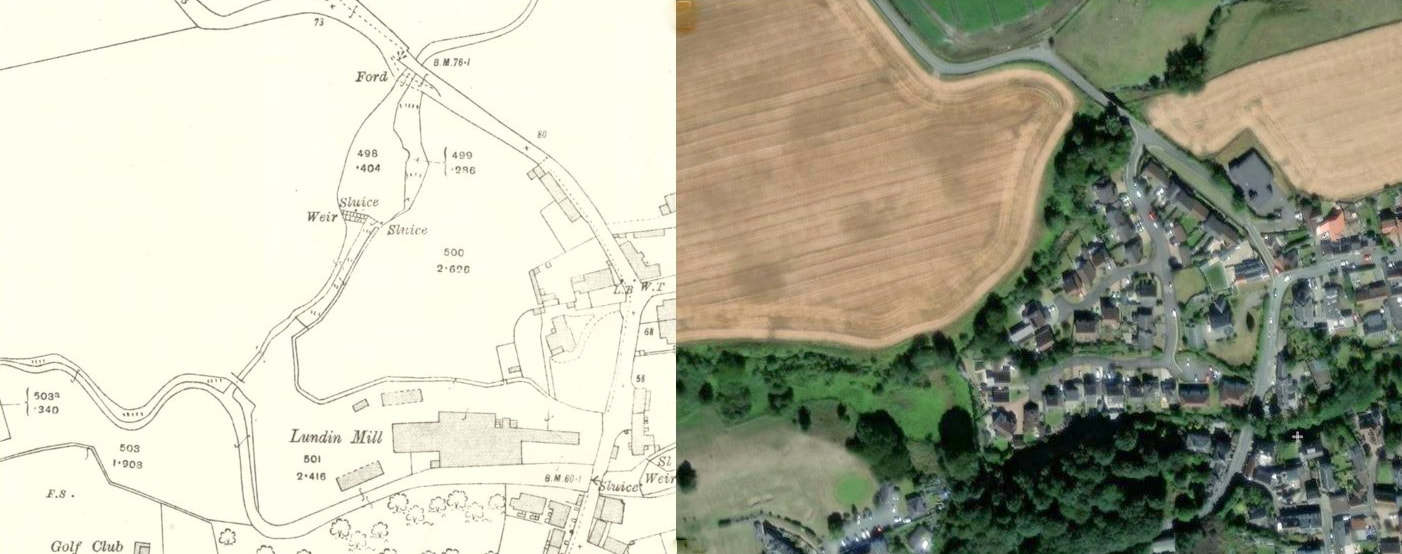
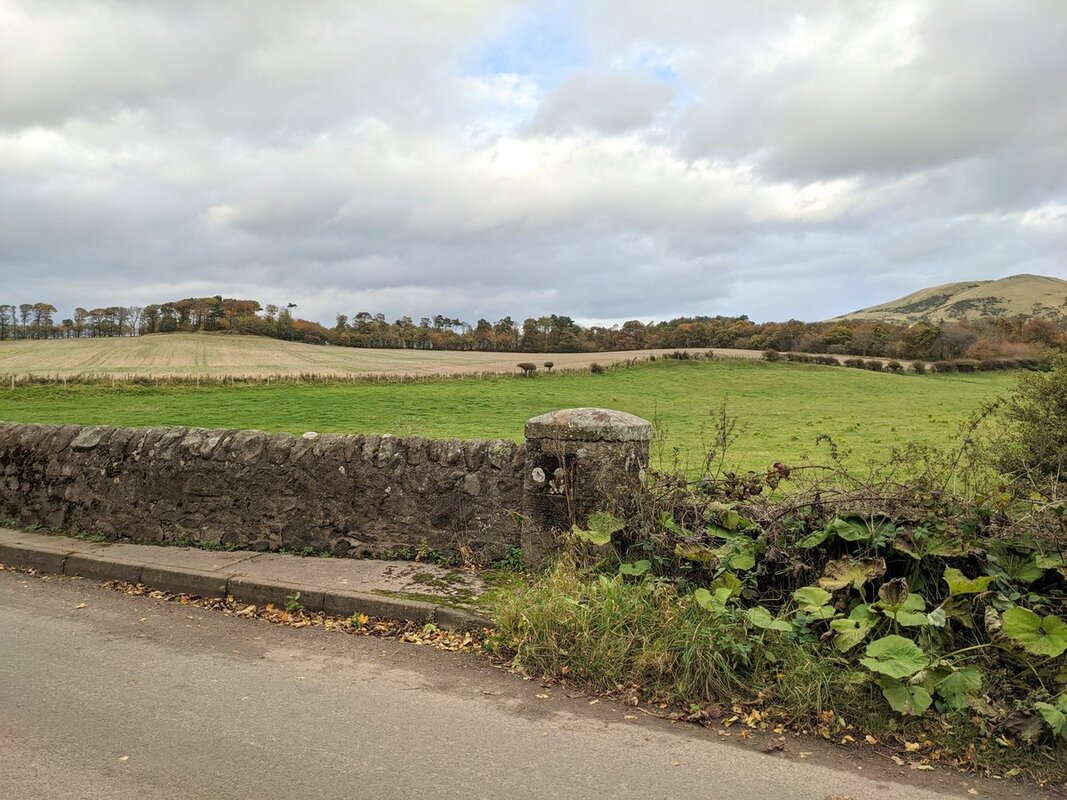

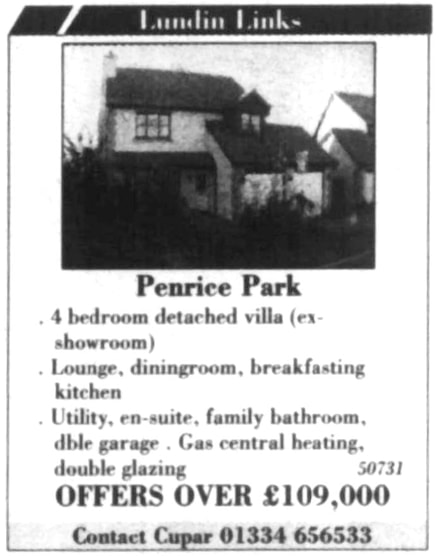

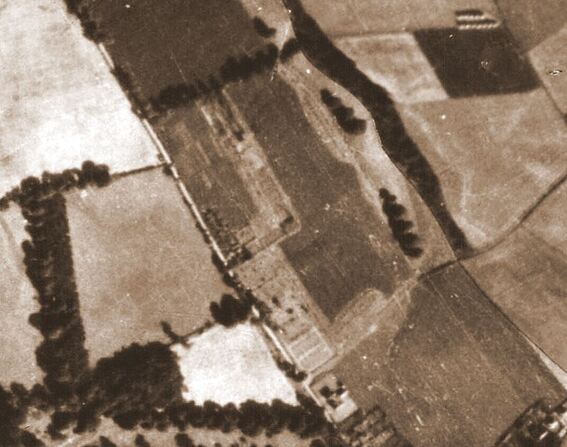
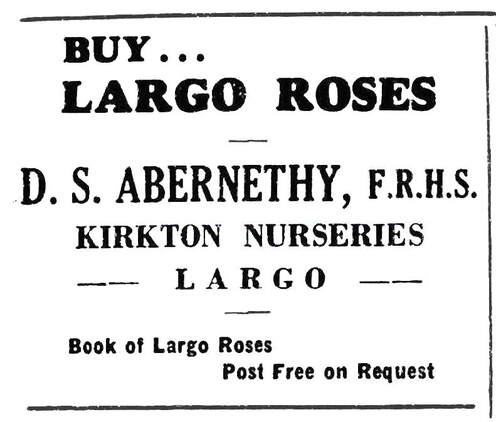



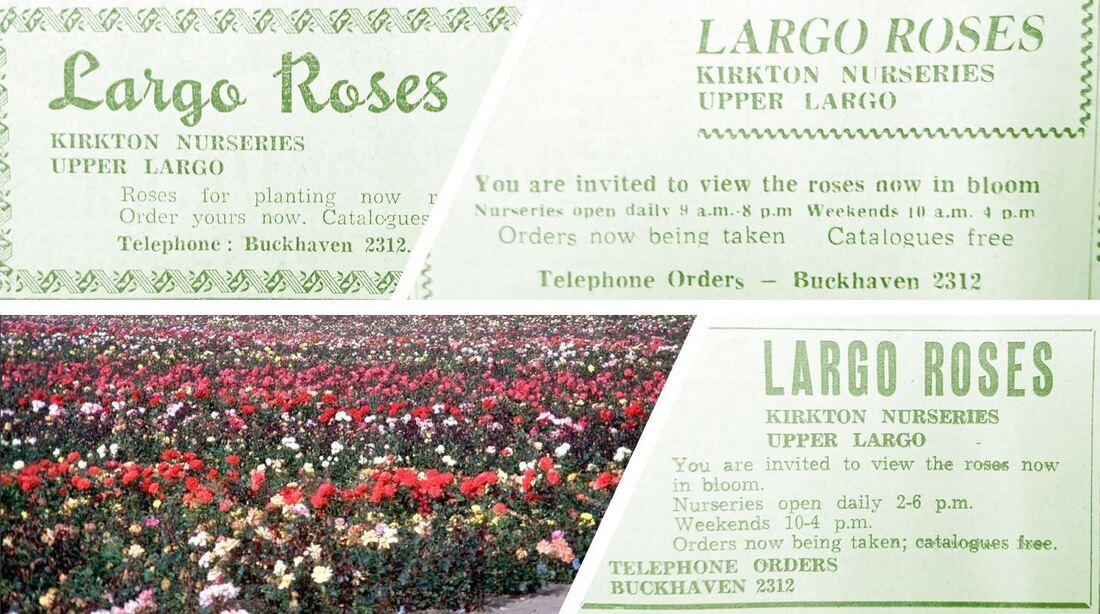
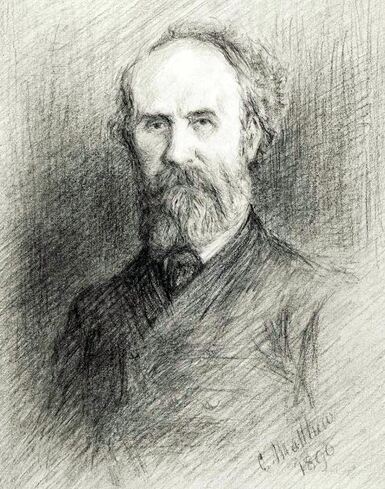
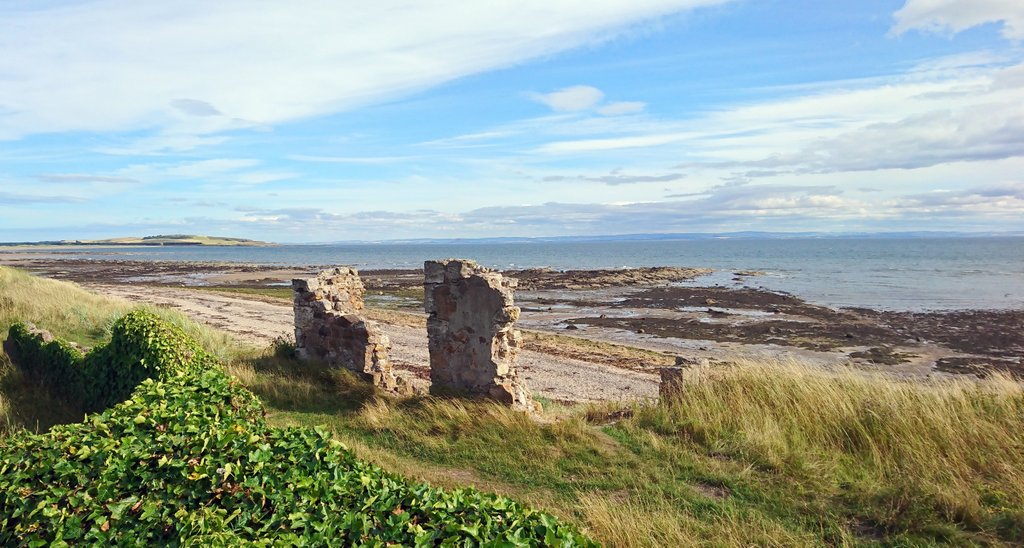
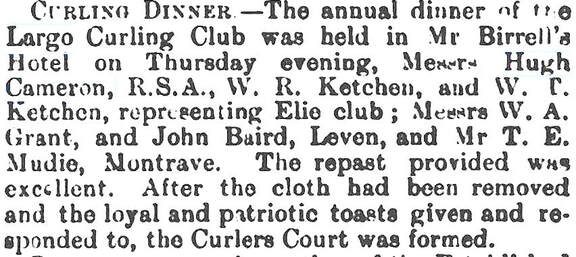
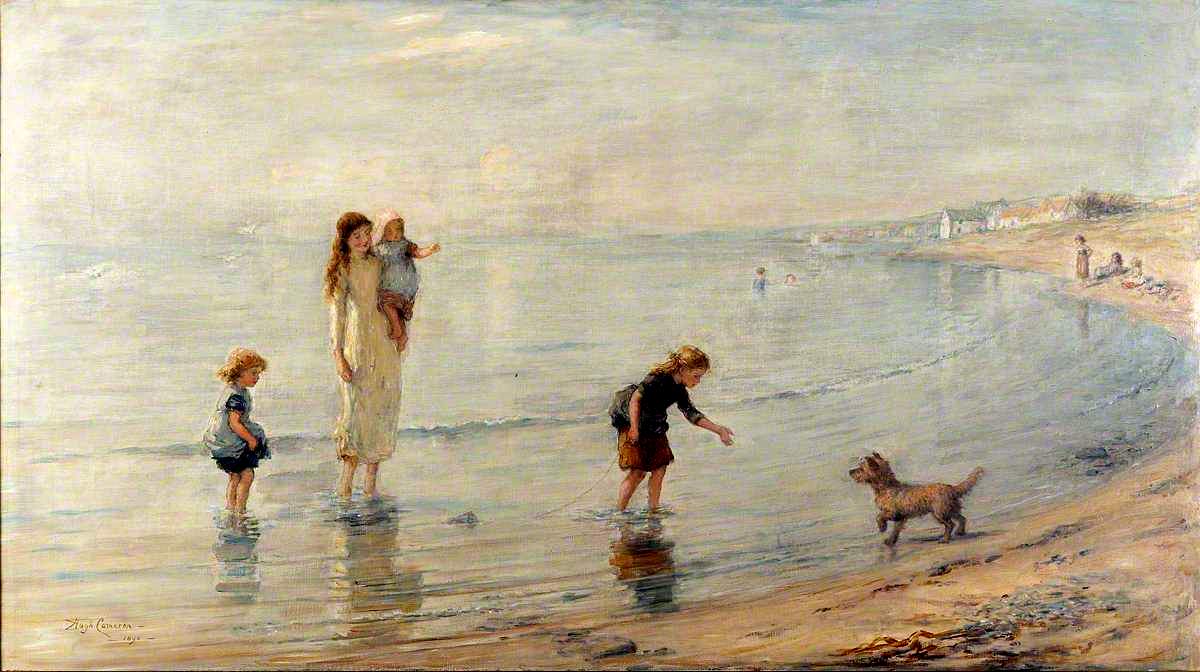
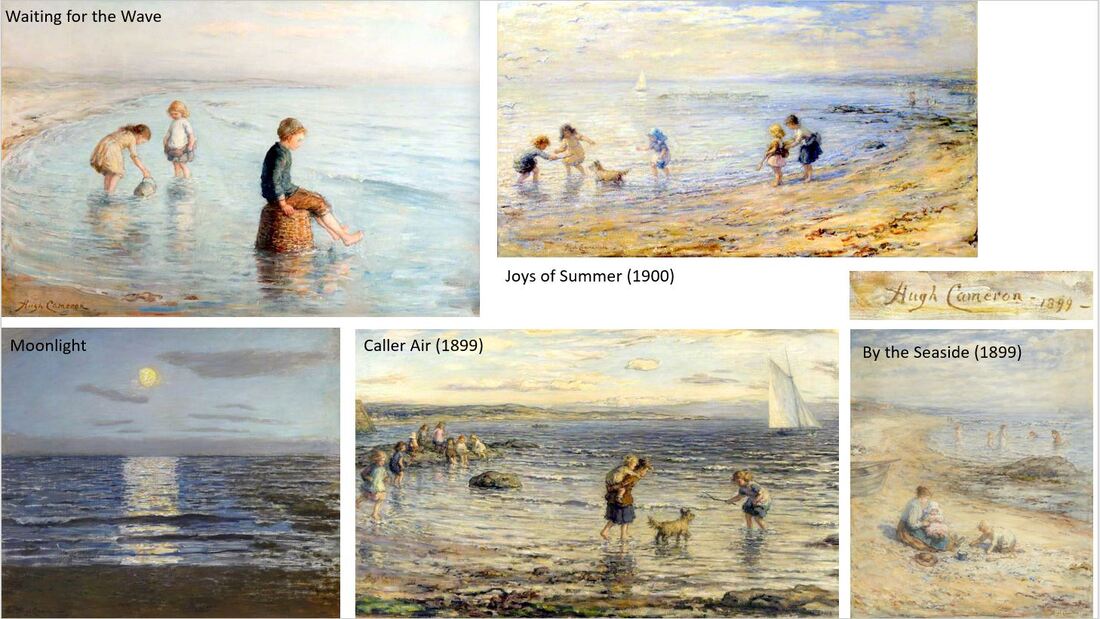
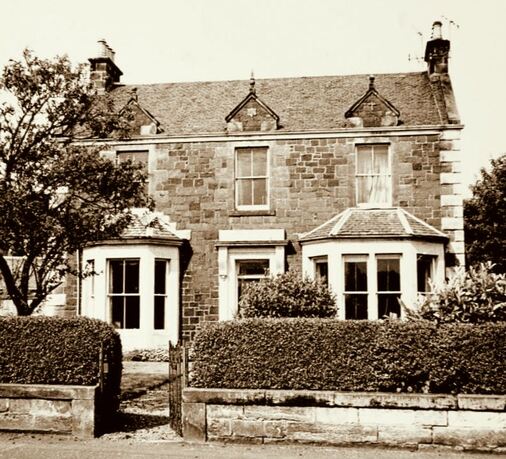

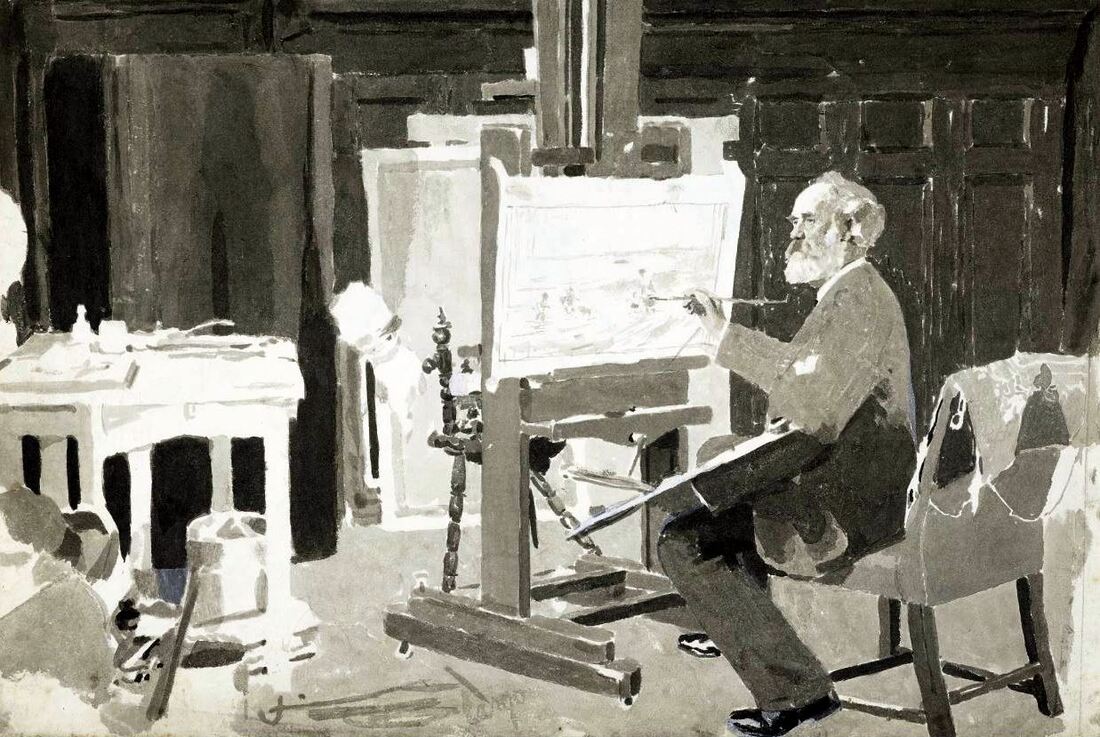
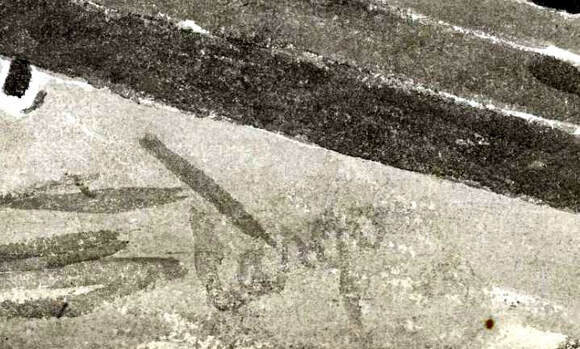
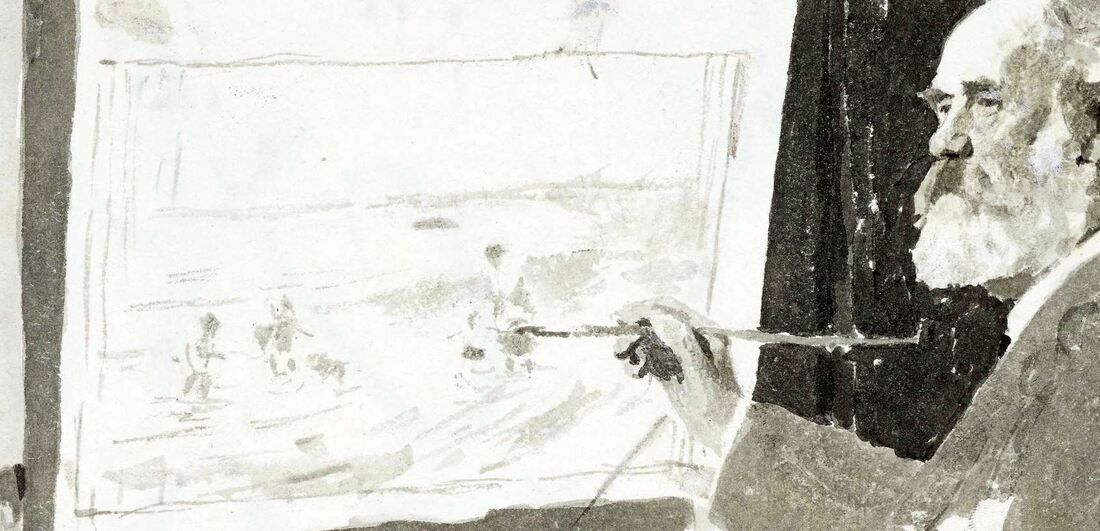
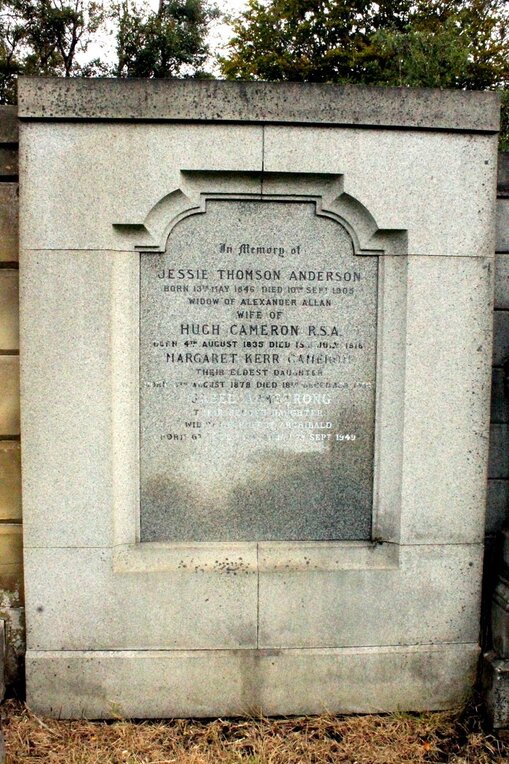
 RSS Feed
RSS Feed
